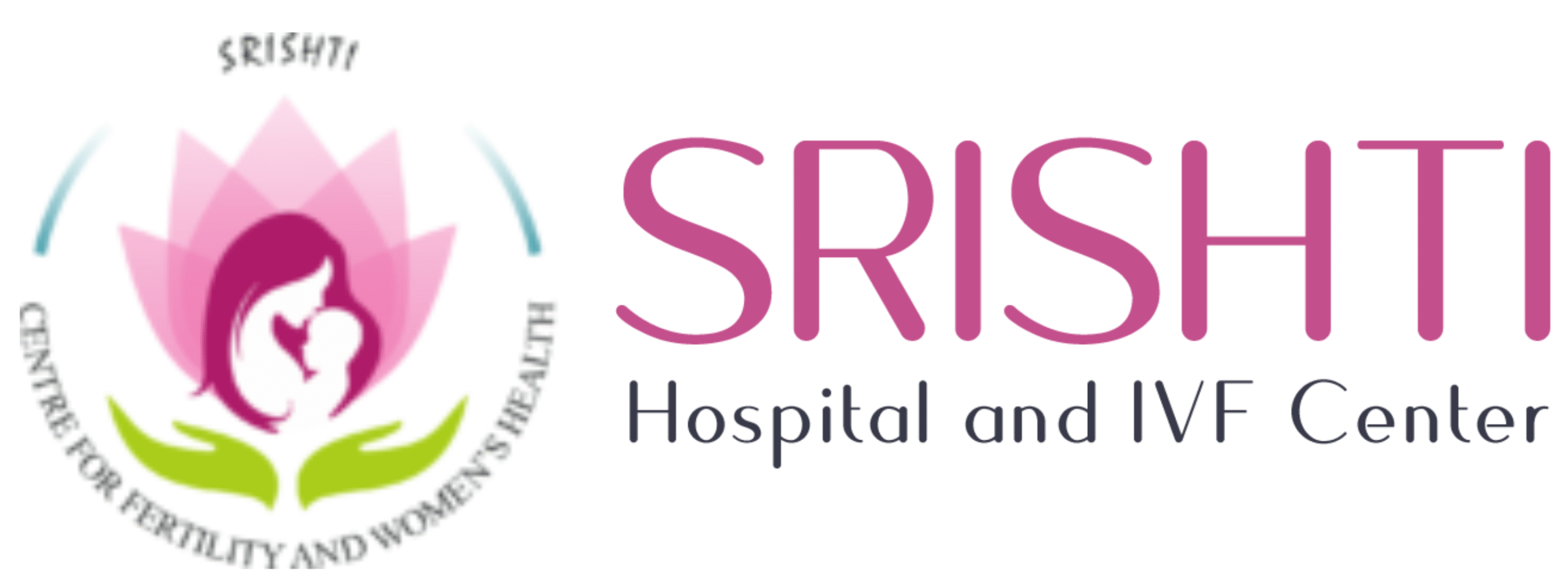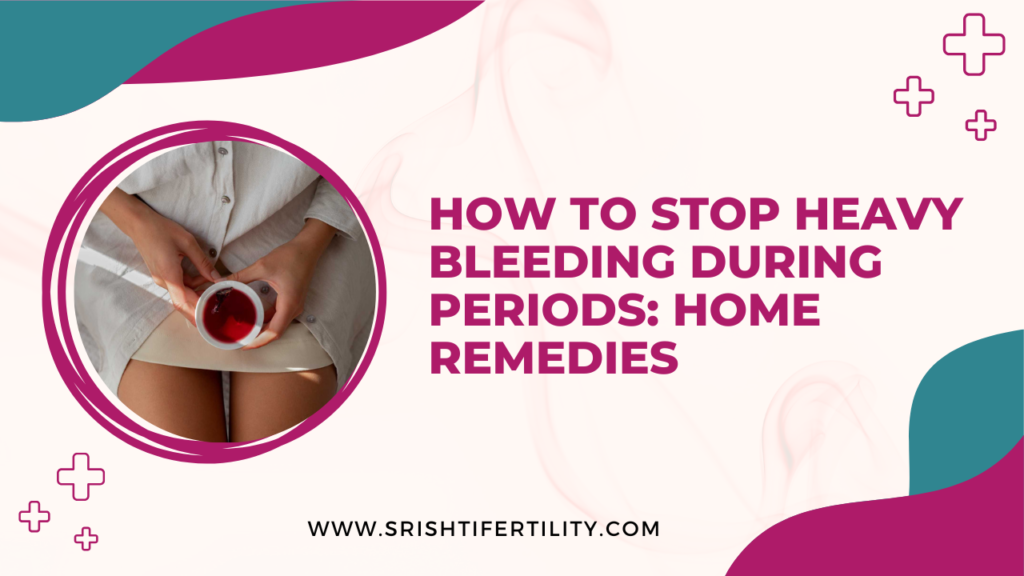C-Section vs Normal Delivery: Pros, Cons & What to Expect
Bringing a baby into the world is magical, but deciding between a C-section and normal delivery can feel overwhelming. Each comes with its own set of challenges, recovery timelines, and physical impacts—including how it affects period cramps after childbirth. Whether you’re planning for your first baby or just curious, this blog breaks down both delivery methods, busts myths, and shares practical tips on recovery—especially around topics like: Let’s help you walk into motherhood with clarity and confidence! What Is a C-Section Delivery? A Cesarean section (C-section) is a surgical procedure where your baby is delivered through incisions in the abdomen and uterus. It may be planned or performed in emergencies due to complications such as fetal distress, placenta previa, or breech position. ✅ Pros: ❌ Cons: C-section deliveries are often life-saving, but they also mean more aftercare. Let’s talk about how to bounce back. What Is a Normal (Vaginal) Delivery? Normal delivery involves the natural birthing process through the birth canal. It can occur with or without medical interventions. This is the most common and preferred method when there are no complications. ✅ Pros: ❌ Cons: If you’re wondering “normal delivery kaise hoti hai,” here’s a quick breakdown: Period Cramps After Delivery: What’s Normal? One thing not often discussed is how childbirth can change your period experience. Whether you’ve had a C-section or vaginal birth, your first few periods can be: Breastfeeding moms often experience delayed periods due to suppressed ovulation. But when menstruation returns, it can bring intensified period cramps—especially for C-section moms, as scar tissue may irritate uterine contractions. How to Ease Period Cramps: Recovery & Diet Tips for C-Section Moms Recovery is a gradual process and depends heavily on nutrition and rest. Many new moms ask: “C section delivery ke baad kya khana chahiye?” Ideal Post-C-Section Diet: Flatten That Tummy: C section delivery ke baad pet kaise kam kare? Painless Normal Delivery—Is It Possible? Absolutely. The idea of a pain-free delivery sounds like a dream, but modern methods make it possible. Techniques for Painless Normal Delivery: What’s Right for You? Answer these quick questions to get some clarity: ➡️ If you answered “No” to surgery and “Yes” to the others, a normal delivery might suit you best. If you prefer a more controlled setting and want to avoid labor pain, a C-section could be your choice. Real Mom Stories “After my C-section, I struggled with period cramps for months. A warm water bottle and a clean, iron-rich diet really helped.” — Shalini, 33 “I feared normal delivery, but breathing techniques and my doula made it bearable. Recovery was so fast, I walked the next day!” — Renu, 28 Conclusion Whether it’s a C-section or normal delivery, what matters most is a safe delivery and healthy mom and baby. Both methods have their pros and cons—choose what aligns with your health, preferences, and medical advice. And yes, those pesky period cramps might come back stronger after birth, but with a little care and understanding, you’ll be prepared to handle them like the superhero mom you are. With the right pregnancy care tips, support from loved ones, and expert guidance from the best gynaecologist in Jaipur, you can embrace this journey with confidence. 💬 Have more questions or experiences to share? Drop them in the comments below—let’s support each other on this beautiful journey of motherhood!
C-Section vs Normal Delivery: Pros, Cons & What to Expect Read More »






